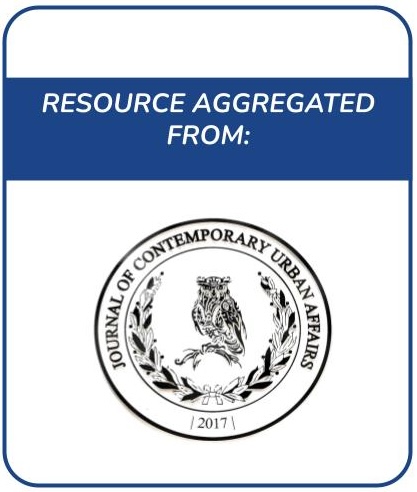Evaluation and Screening of Co-Culture Farming Models in Rice Field Based on Food Productivity
Traditional farming practice of rice field co-culture is a time-tested example of sustainable agriculture, which increases food productivity of arable land with few adverse environmental impacts. However, the small-scale farming practice needs to be adjusted for modern agricultural production. Screening of rice field co-culture farming models is important in deciding the suitable model for industry-wide promotion. In this study, we aim to find the optimal rice field co-culture farming models for large-scale application, based on the notion of food productivity.





